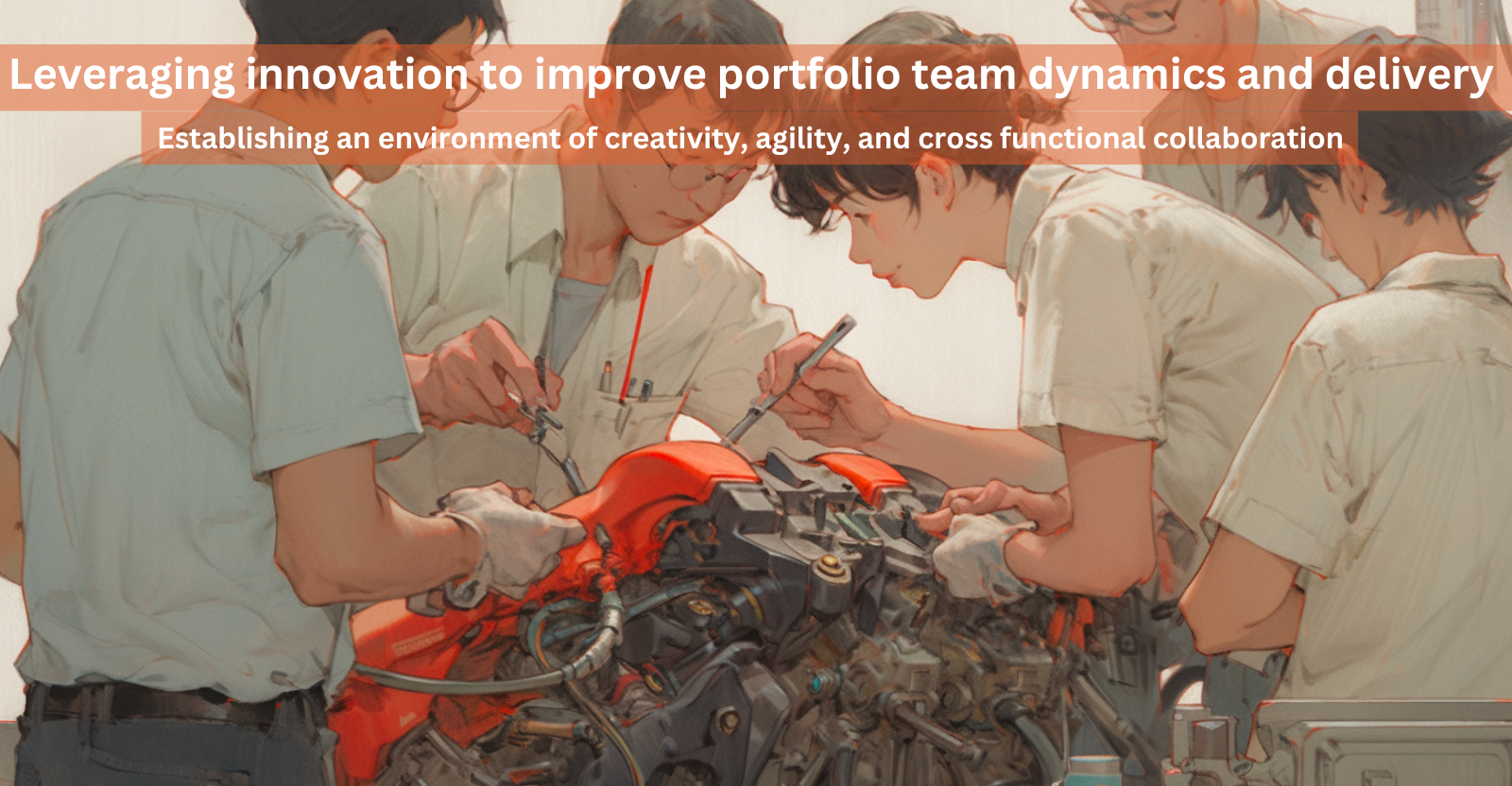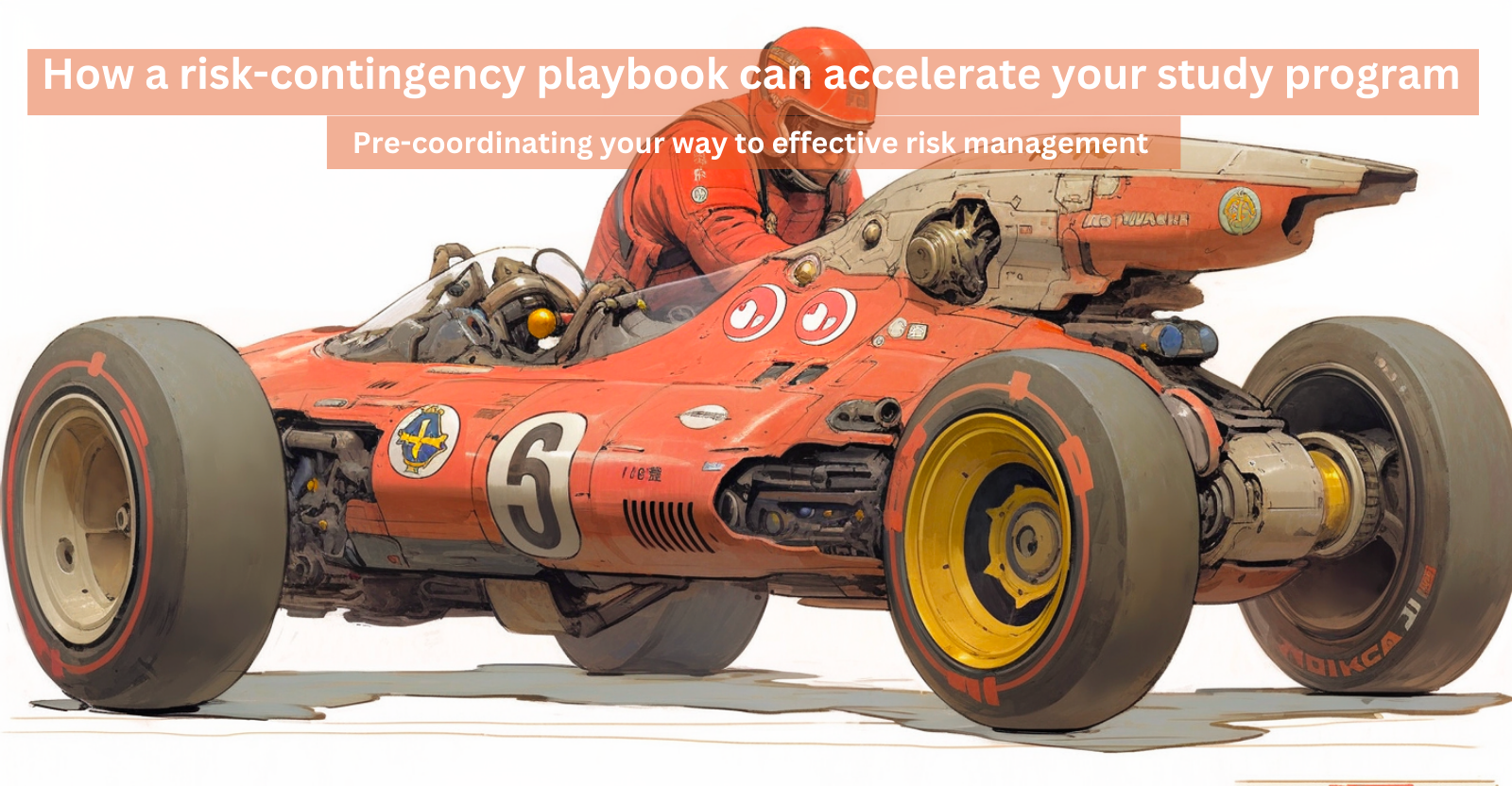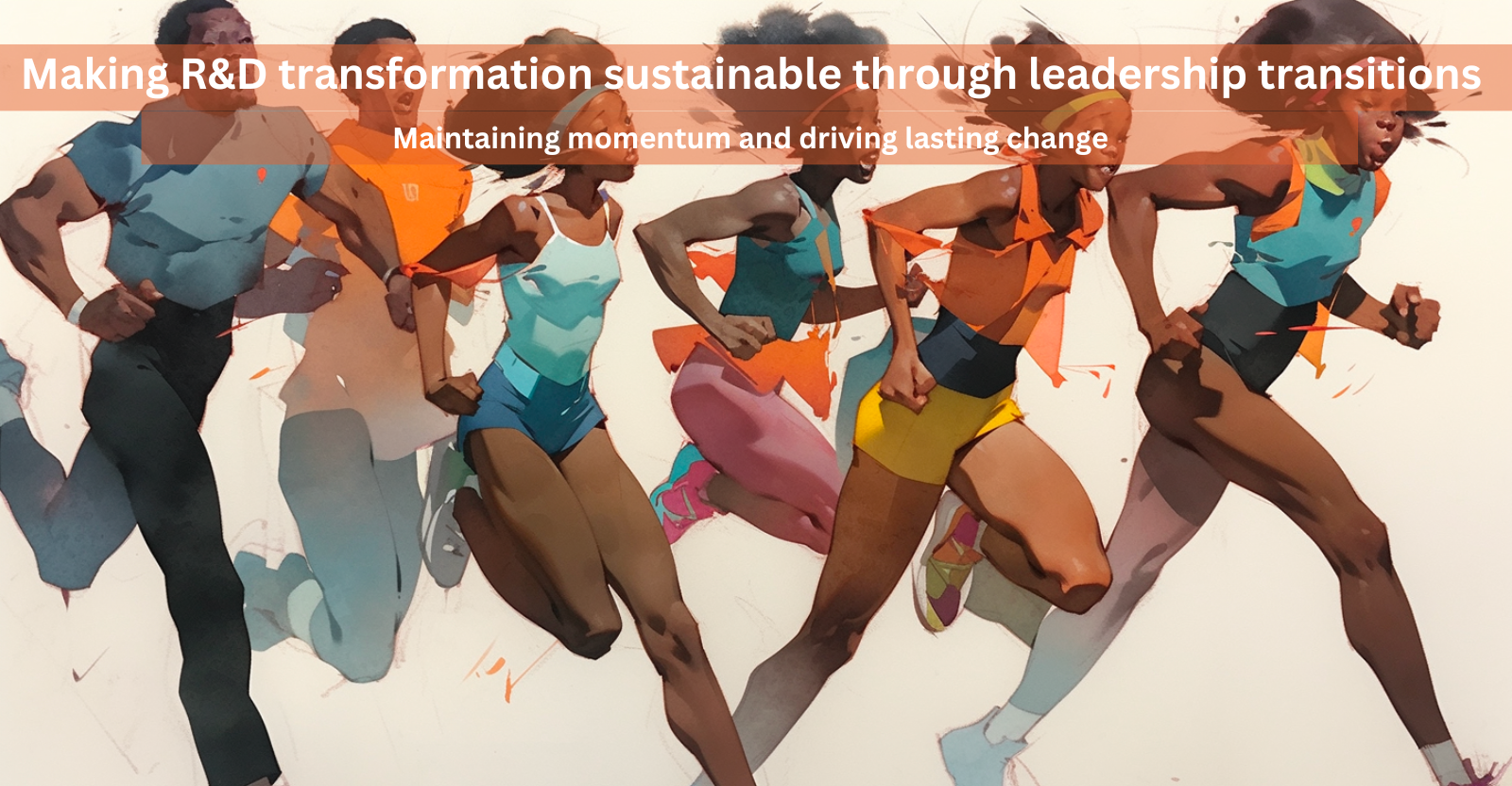Your team has too much on their plate. Everything is high priority to someone, people have multiple projects to balance, and meetings overtake calendars overnight. There’s three key steps to managing this: make a written process for deciding what’s important, be quick to adapt and change your focus, and maintain focus on what’s important. Being able to do this as a group can be tough, so here’s a detailed guide.

Develop a Decision-Making Framework
A decision-making framework is a written, systematic guide for making a decision – for example, determining the priority level of a task or initiative. This will act as a filter for your projects and ideas, and it will help your team figure out what tasks do and don’t align with your strategic goals. This framework may take the form of a series of questions about an idea, a list of required criteria for a project, or a visual matrix of different types of tasks. Use whatever form feels intuitive to your team and helps everyone prioritize effectively.
This involves:
- Establishing Clear Criteria: Define what success looks like for each initiative. Are tasks realistic, will the expected outputs benefit the team, how do they relate to an overarching goal? Practice using your framework as a group to see what questions your team still has unanswered when evaluating tasks.
- Empowering Teams with the Framework: Ensure that every team member understands and can apply the criteria, making the evaluation process a group effort. Consider checking in with everyone individually to make sure everyone feels confident about the new tool.
- Iterative Review Process: Regularly revisit and refine your framework to adapt to changing goals, market conditions, and feedback from your team or stakeholders. This framework should be changed as often as your team needs – it’s not a printout to frame, it’s a tool to constantly improve.

Enhance Selective Agility
Selective agility is about being able to quickly adapt to new changes or insights while staying selective about priorities in order to focus on overall goals. Here are some ways to improve selective agility in your team:
- Focusing on Core Strategies: Keep your team’s efforts concentrated on activities that directly support your core goals. This focus helps in avoiding distractions from less critical opportunities, and keeps top initiatives moving forward.
- Building a Culture of Adaptability: Encourage your team to embrace change within the strategic framework. This includes being ready to pivot away from projects that no longer align with your core objectives. One way to help your team embrace change is make sure they have a voice in what changes would be beneficial to their work processes.

Implement Effective Portfolio Governance
Portfolio governance is all about managing the big picture view of your projects. It’s key to using your resources efficiently and being able to focus on the projects that really matter. Here’s how to get good at portfolio governance:
- Prioritize Based on Value and Alignment: Use your decision-making framework to figure out which projects are really important and match what you’re trying to achieve. Focus on these first.
- Regular Portfolio Reviews: Have a set, routine time to look over your projects to make sure you’re working on what’s most important. If things change or new info comes up, be ready to switch things up.
When everything feels like a top priority, knowing where to start is everything. By developing a good process for making decisions, being quick to adapt, and choosing your projects wisely, you can make sure that your marketing efforts hit the mark. Make sure what you do is worth your time, and you’ll be set ahead.









